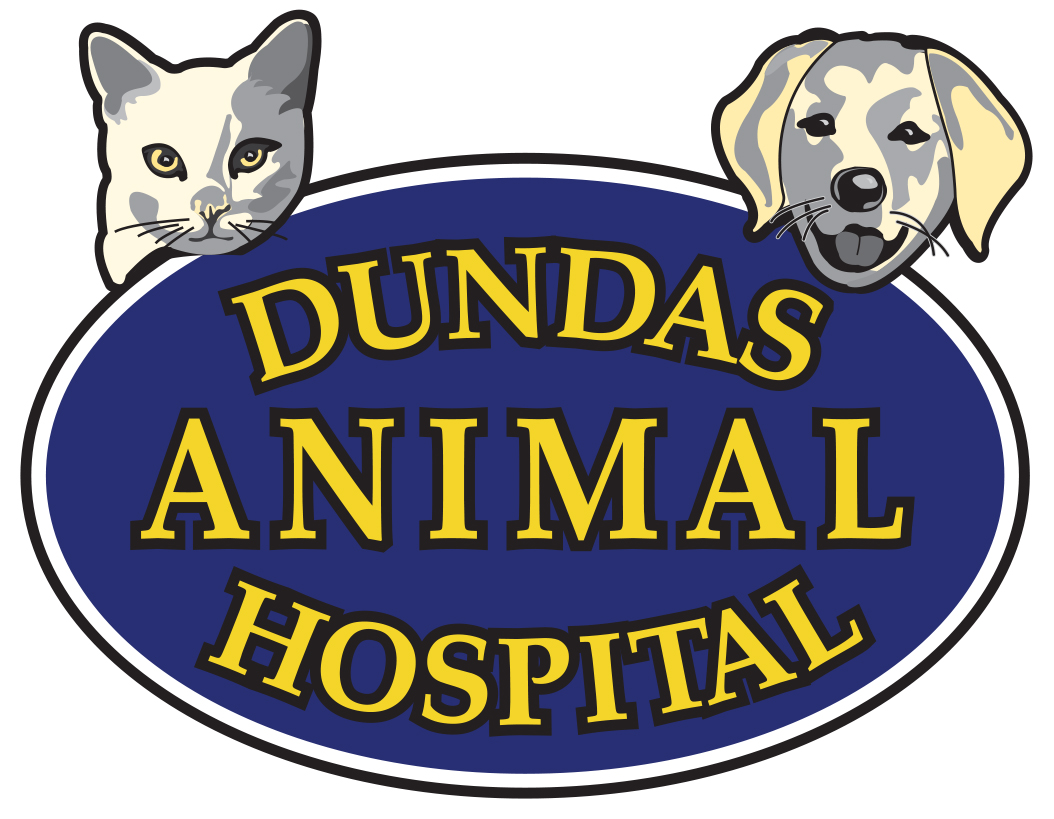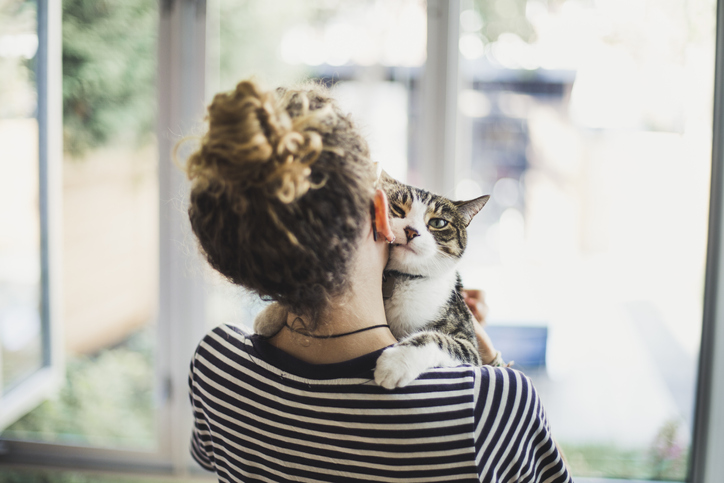Educational Articles
-
Overweight dogs have an increased risk of many health conditions, including diabetes, arthritis, high blood pressure, and some forms of cancer. This article reviews the components of a strong weight loss plan and includes tips for success to discourage begging and help promote healthy weight loss in dogs who live in a multi-dog household.
-
Food allergies can be problematic for many cats, especially after years on the same diet. Clinical signs may manifest as gastrointestinal or skin problems. Animal proteins are the most common causes and strict avoidance is the best way to treat affected cats. An 8 to 12-week elimination diet trial on a special veterinary diet is the only definitive method to diagnose a food allergy and, in some cases, the veterinary diet may need to be continued long-term.
-
Food allergies can be problematic for many dogs, especially after years on the same diet. Clinical signs may manifest as gastrointestinal or skin problems. Some animal proteins are the most common causes and strict avoidance is the best way to treat affected dogs. An eight to twelve-week elimination diet trial on a special veterinary diet is the only definitive method to diagnose a food allergy and, in some cases, the veterinary diet may need to be continued long-term.
-
Guarding food items can be a normal behavior in dogs, but when it escalates, the safety of both people and animals is compromised. Exercises to prevent and reverse guarding behavior can be beneficial to any dog. Professional guidance is needed for any dog who has repeatedly come into conflict with people or pets because of guarding behavior.
-
Adverse food reactions in cats are either caused by food allergy – an immune response to something ingested or food intolerance – a non-immunological response to something ingested. Signs of food intolerance are generally digestive in nature only. Food intolerance will generally occur on the initial exposure to the food or food additive in contrast to food allergy which requires repeated exposures to develop. Different causes of food intolerance include food poisoning, or inappropriate ingestion of an irritant, reaction to food additives, histamine reactions, lactose intolerance and dietary indiscretion such as eating fat or bones. A dietary history is important in diagnosing these conditions.
-
Adverse food reactions in dogs are either caused by food allergy – an immune response to something ingested or food intolerance – a non-immunological response to something ingested. Signs of food intolerance are usually only digestive in nature. Food intolerance will generally occur on the initial exposure to the food or food additive in contrast to food allergy which requires repeated exposures to develop. Different causes of food intolerance include food poisoning, or inappropriate ingestion of an irritant, reaction to food additives, histamine reactions, lactose intolerance and dietary indiscretion such as eating fat or bones. A dietary history is important in diagnosing these conditions.
-
Fosfomycin is an antimicrobial used to treat multi-drug-resistant bacterial urinary tract infections (UTIs) in dogs. It is used off label (extra label) in veterinary medicine. Fosfomycin comes in granule and compounded liquid suspension forms. Do not use in cats as fosfomycin is nephrotoxic (toxic to the kidneys) in this species.
-
Unfortunately, it is occasionally necessary to try to foster a foal onto a mare that is not its natural mother. This may be for any one of a number of reasons.
-
Fractured teeth in cats can result from fights, car accidents, and chewing on hard objects. There are five classifications of tooth fractures and each needs treatment to avoid tooth sensitivity and pain. Because cats have thin enamel, even a small chip fracture can cause pain and needs veterinary care. Clinical signs include chewing on one side of the mouth, excessive drooling, pawing at the mouth, and facial swelling.
-
Dogs often break their teeth from chewing on bones, antlers, and hard chew toys. There are five classifications of tooth fractures and each needs treatment to avoid tooth sensitivity and pain. Clinical signs include chewing on one side of the mouth, excessive drooling, dropping food while eating, pawing at the mouth, and facial swelling. Your veterinarian may perform a root canal or extract the tooth. Eliminating hard chew toys and treats can prevent tooth fractures.


